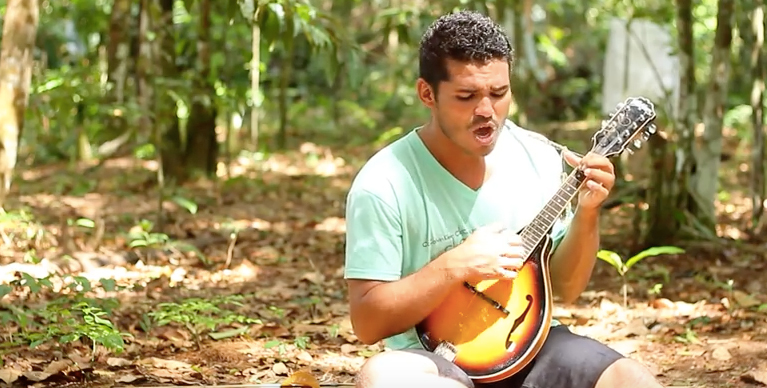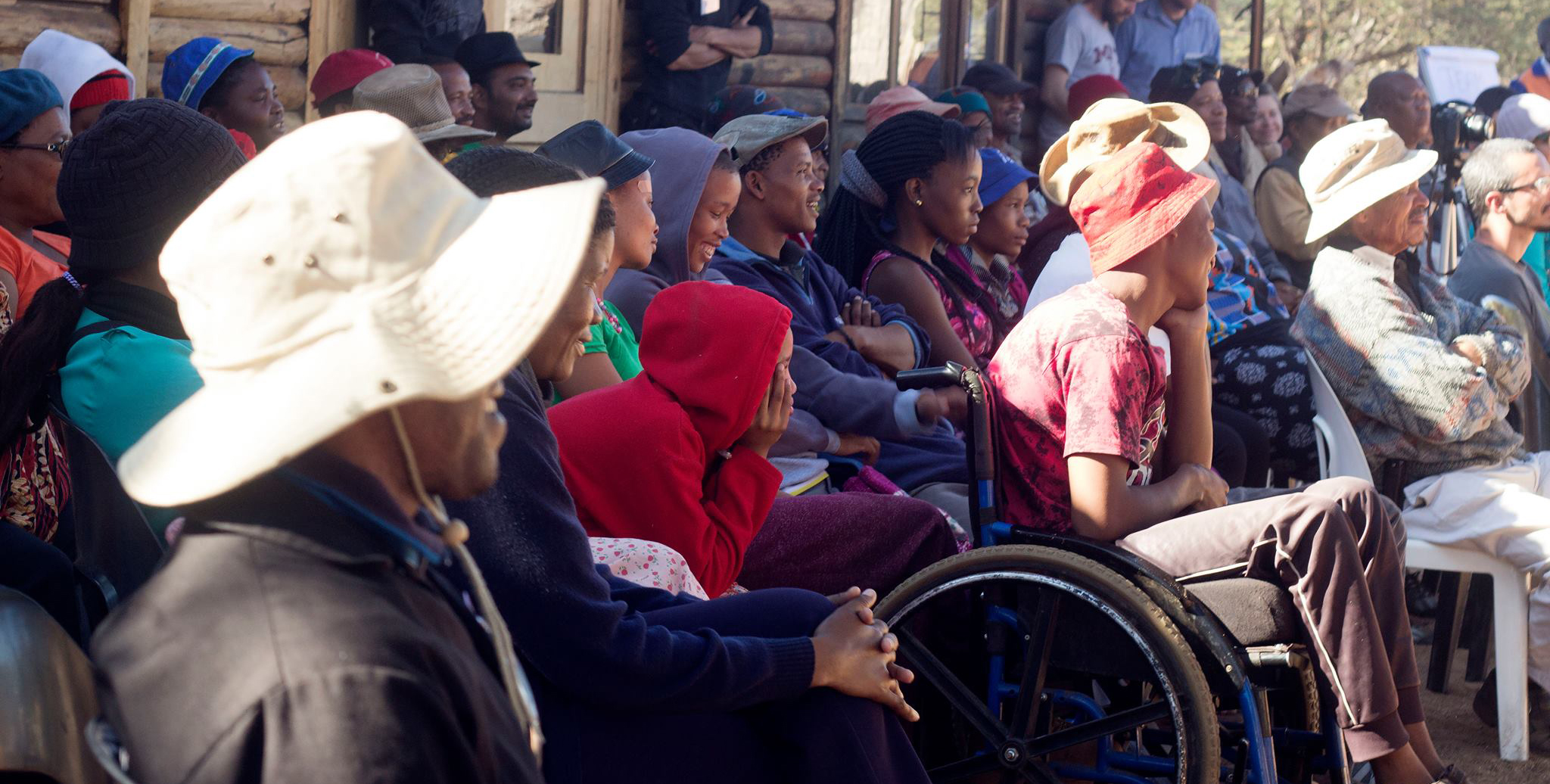Exploratory visit, Kutupalong Refugee Camp, Bangladesh

You can see the mountains of Myanmar from the huge Kutupalong Refugee Camp in Bangladesh. This is where almost a million Rohingya refugees live crowded together. Kutupalong goes on and on, the bamboo latticed tarp shelters carpeting the rolling hills all over this former forest preserve.
In August 2017, terrible violence by mobs backed by the army broke out against the minority Rohingya in Rhakine State in Myanmar, driving hundreds of thousands to flee across the border for their lives. The refugees tell of countless atrocities in their villages and on the way to Bangladesh. In the course of a few weeks, Kutupalong was established and became the biggest refugee camp in the world. I was there to do an assessment to see how the D-Lab Humanitarian Innovation team might adapt our approach to participatory innovation to this humanitarian crisis.
Kutupalong is busy with thriving markets, mosques, madrassas, bamboo treatment plants, learning centers, and people everywhere. There are thousands of NGO workers, so many that they cause a traffic jam leaving the camp by the mandatory exit hour of four every afternoon, a sort of humanitarian rush hour. Now that the monsoon has hit, houses get washed away, people have to scramble up and down muddy hills to get from one area to the other. With my colleague from the International Development Innovation Network, I have been visiting people’s houses, schools, clinics, and child friendly centers, and we have had to do quite a bit of scrambling ourselves up muddy hillsides and walking up sandbag covered slopes to reach some of these places.
Dwellings in the Kutupalong Refugee Camp, Bangladesh.
D-lab’s approach to humanitarian innovation is based on involving refugees in the design process so that their knowledge informs the process, their priorities direct it and they are creators or co-creators of the solution. In order for this to work, D-Lab uses a curriculum called Creative Capacity Building (CCB), a hands-on interactive training which teaches the design process by having people select a problem and build the prototype of a solution, usually a technology, tool or product. Amy Smith, the Founding Director of D-Lab is fond of saying that the training is the spark of creativity but you need fuel to keep the fire going, and in the case of humanitarian innovation, the fuel would be establishing a simple maker space as an innovation center and providing ongoing training and mentoring so that refugees could continue to develop and refine tools, technologies and products. This approach is firmly rooted in the idea that people who have the problem will have a good idea of the solution and people who are going to use a product will be the best source of information about what they need in that product.
It is immediately apparent that people in Kutupalong face a lot of problems in their daily lives and it is equally apparent that they have had to innovate solutions. People have used all kinds of techniques to tie down the tarps that are their roofs during monsoon season – from using split bamboo to clamp tarps under roofs to weighing down their roofs with vines and plants growing out of soil filled sandbags places on the tarps. They have used sandbags to carve out staircases through mud and created protective fences out of bamboo lattice and mosquito nets to protect tiny gardens from the occasional goats. They have found ingenious ways to create living space in shelters that are only allowed to be five yards in length.
Road through Kutupalong Refugee Camp, Bangadesh.
Our week here reveals the range of challenges to developing an innovation ecosystem in the camp, one of those challenges being that the government prohibits refugees engaging in income generation or even higher education. While the Bangladesh government has been largely supportive and welcoming to the million refugees, they are wary of actions that would signal to the refugees that they could stay in their overcrowded country and participate in an economy already experiencing surplus labor. Unfortunately, this ban on work and education drastically limits the kind of services and training that can be offered to Rohingya teens and youth – and these young people are painfully aware that they are being left behind.
The Rohingya are in a desperate place: their homes are burned to the ground, Google maps satellite view shows that their villages no longer exist. Much as they want to, how can they go back? The Bangladesh government feels they cannot absorb a million more people on a long-term basis. In the meantime, the Rohingya have to find a way to make life livable and survive. These are huge challenges that will require myriad efforts and enormous resources. However, any real investment needs to support the agency and dignity of the Rohingya. We are trying to puzzle out how we at MIT D-Lab can create an opportunity for them to rediscover their agency and demonstrate their creativity to solve at least a few of the practical problems they face every day in their lives as refugees.
Source: MIT D-Lab






